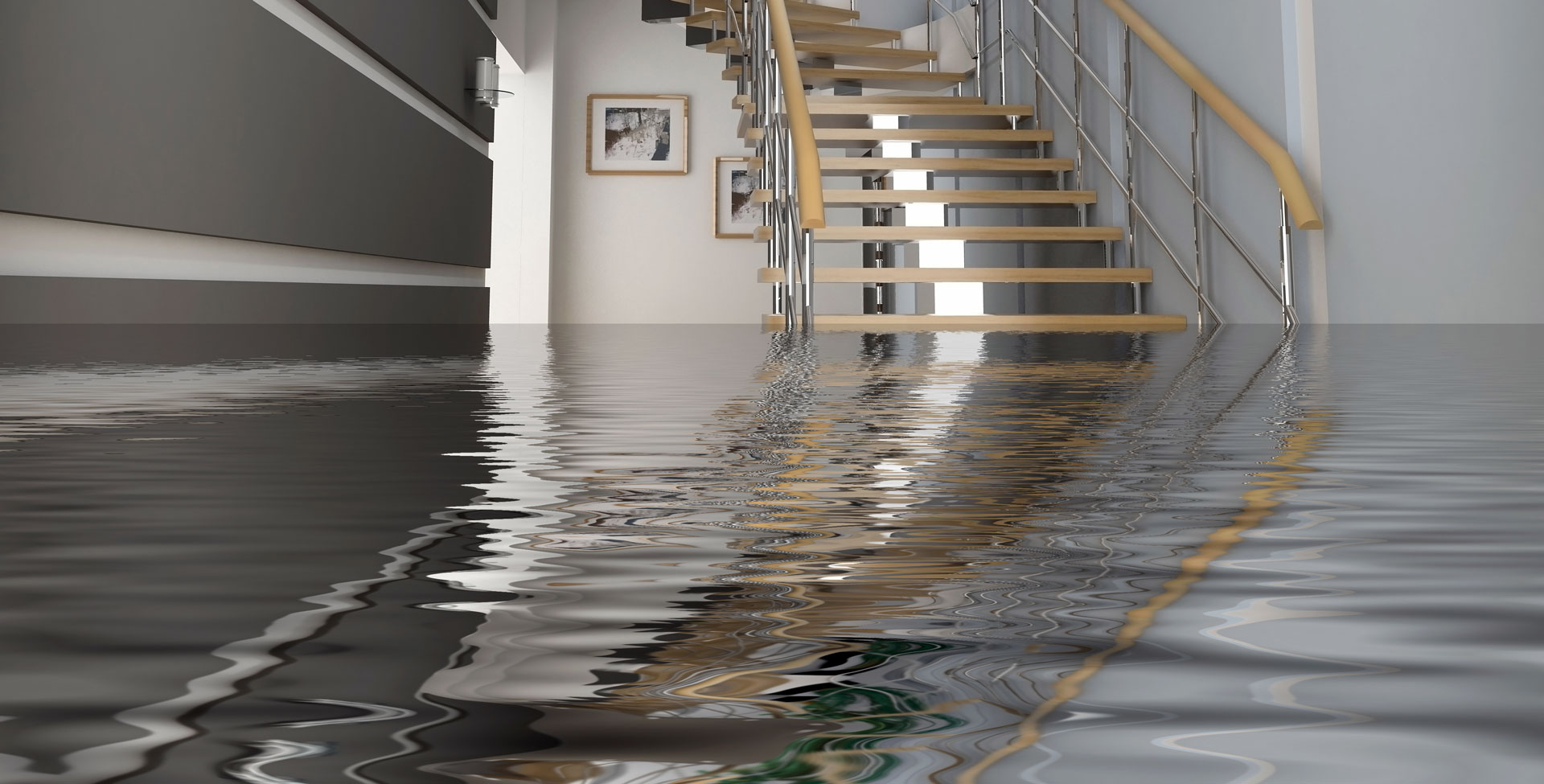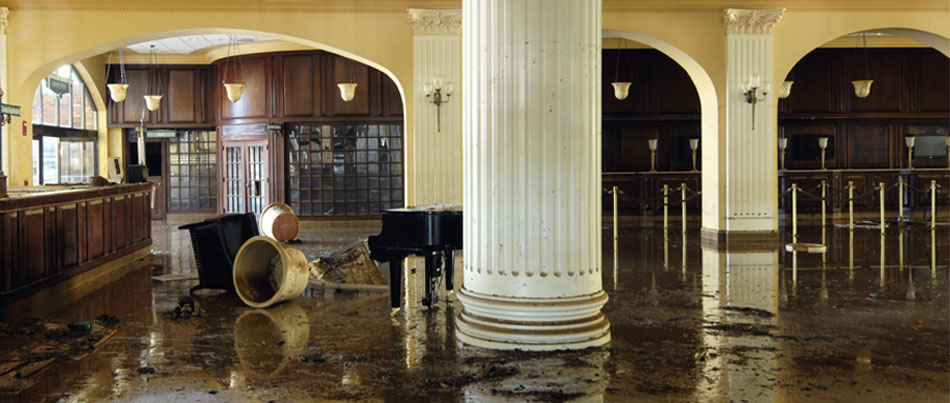What are your thoughts with regards to Keeping Your Home Safe This Holiday Season?

Water gives life, however water invasion on some components where it's not meant to be can cause damage and inconvenience. It can peel away the surface as well as erode the product's foundation if the water seeps right into your structure. Mold and also mildew also grow in a moist environment, which can be unsafe for your and also your household's health. In addition, homes with water damages smell mildewy as well as old.
Water can originate from many sources like typhoons, floodings, burst pipes, leakages, and sewer issues. If you have water damages, it's far better to have a working knowledge of safety preventative measures. Below are a few guidelines on exactly how to handle water damage.
Do Prioritize Home Insurance Policy Coverage
Seasonal water damages can come from floodings, seasonal rains, as well as wind. There is additionally an occurrence of an unexpected flood, whether it came from a faulty pipeline that all of a sudden ruptures into your home. To safeguard your residence, get home insurance policy that covers both acts of God such as natural calamities, as well as emergency situations like broken plumbing.
Do Not Neglect to Turn Off Energies
When catastrophe strikes and also you remain in a flood-prone area, turn off the main electrical circuit. Turning off the power protects against
electric shocks when water comes in as water acts as a conductor. Don't forget to switch off the major water line valve as a means to avoid more damages.
If the floodwaters are obtaining high, maintain your furniture secure as they can move around as well as trigger added damage.
Do Keep Proactive and also Heed Weather Condition Informs
If you live in a location tormented by floodings, remain positive as well as prepared at all times. Listen to the information as well as evacuation cautions if you live near a body of water like a lake, river, or creek .
Don't Overlook the Roof
Your roofing professional should take care of the damaged gutters or any other indicators of damages or weakening. An evaluation will certainly avoid water from streaming down your walls and saturating your ceiling.
Do Take Note Of Tiny Leaks
A burst pipe does not occur in a vacuum or over night. There are warnings that can attract your focus as well as show to you some damaged pipes in your house. Indicators of red flags in your pipelines consist of bubbling paint, peeling wallpaper, water touches, water discolorations, or dripping sounds behind the walls. There are indications that the pipe will certainly break. Don't wait for an acceleration if you see these indicators. Repair work as well as check your plumbing fixed before it causes large damage to your residence, financial resources, and a personal nightmare.
Don't Panic in Case of a Burst Pipe
Timing is essential when it comes to water damages. If a pipeline bursts in your house, immediately shut off your main water valve to cut off the resource as well as protect against more damage. Call a credible water damage remediation specialist for support.
Water provides life, however water invasion on some parts where it's not expected to be can result in damage and hassle. In addition, residences with water damage smell mildewy and old.
Seasonal water damage can come from floodings, seasonal rainfalls, and wind. Signs of red flags in your pipelines include bubbling paint, peeling off wallpaper, water touches, water discolorations, or leaking audios behind the walls. If a pipe ruptureds in your residence, immediately closed off your primary water valve to reduce off the source and protect against more damage.
Some Do's & Don't When Dealing with a Water Damage
DO:
Make sure the water source has been eliminated. Contact a plumber if needed. Turn off circuit breakers supplying electricity to wet areas and unplug any electronics that are on wet carpet or surfaces Remove small furniture items Remove as much excess water as possible by mopping or blotting; Use WHITE towels to blot wet carpeting Wipe water from wooden furniture after removing anything on it Remove and prop up wet upholstery cushions for even drying (check for any bleeding) Pin up curtains or furniture skirts if needed Place aluminum foil, saucers or wood blocks between furniture legs and wet carpet Turn on air conditioning for maximum drying in winter and open windows in the summer Open any drawers and cabinets affected for complete drying but do not force them open Remove any valuable art objects or paintings to a safe, dry place Open any suitcases or luggage that may have been affected to dry, preferably in sunlight Hang any fur or leather goods to dry at room temperature Punch small holes in sagging ceilings to relieve trapped water (don't forget to place pans beneath!); however, if the ceiling is sagging extremely low, stay out of the room and we'll take care of it DO NOT:
Leave wet fabrics in place; dry them as soon as possible Leave books, magazines or any other colored items on wet carpets or floor Use your household vacuum to remove water Use TV's or other electronics/appliances while standing on wet carpets or floors; especially not on wet concrete floors Turn on ceiling fixtures if the ceiling is wet Turn your heat up, unless instructed otherwise

As an enthusiastic reader on 5 Home Safety Tips To Reduce The Risk Of Fire And Water Damage, I thought sharing that piece of content was worth the trouble. Enjoyed our blog entry? Please share it. Help others check it out. I praise you for your time. Come back soon.